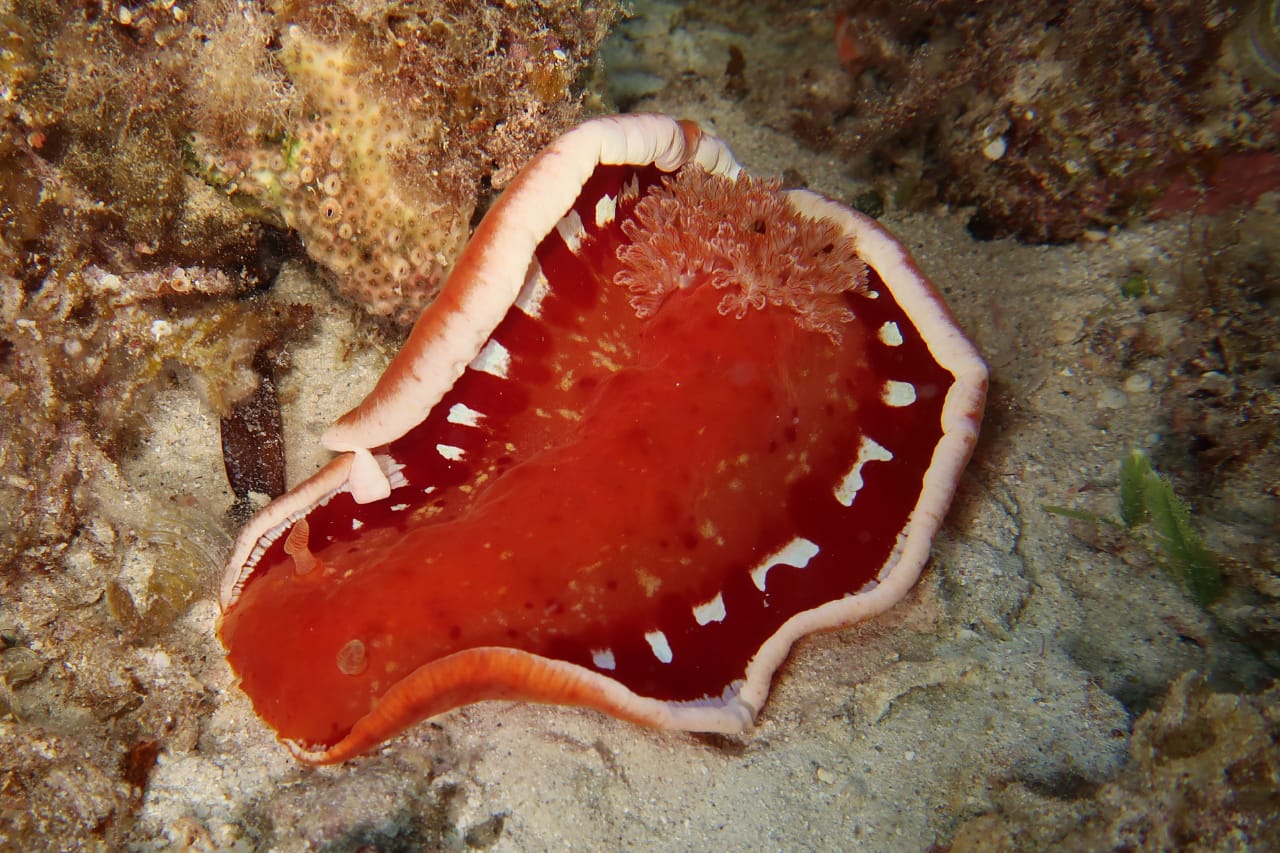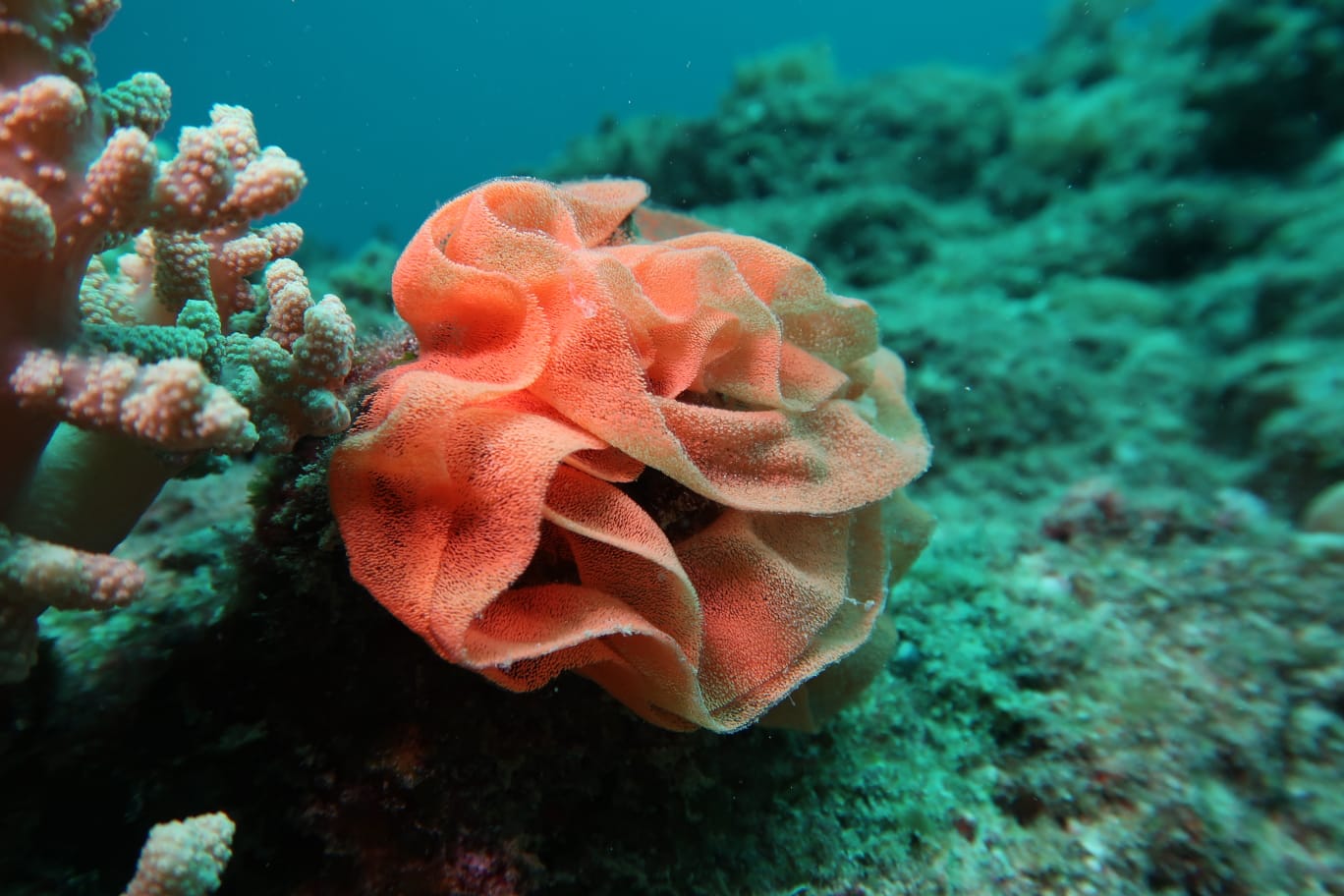Blog
The Spanish Dancer
- da Cindy
-
in Blog
-
Visite: 1012
Discover the fabulous dorid nudibranch “Spanish dancer”
Do you know about the biggest nudibranch called Spanish dancer? Have you already seen one in reality? In this article we will try to give you a few facts and explanation about this unbelievable specie. We hope you will learn new interesting things about it and continue to enjoy and discover the amazing underwater life with us.
What are these fishes called spanish dancers? What makes it so special?


Description
The Spanish Dancer (latin name: Hexabranchus sanguineus) is a very large and colorful nudibranch. Indeed, it can grow up until max. 60cm length, but the common size is about 20-30 cm. Usually its body is colored in orange/red with small white dots, but it can also be uniformly bright red or yellow with red spots. It has a soft and flat body, and its anterior dorsal part has a pair of retractable “rhinophores” looking like a pair of antennas on its head. Its posterior part has six contractile gills.
Juveniles are rather whitish to yellowish with multiple purplish points and orange rhinophores and gills.
Defense/Movements
In normal situation, when the Spanish dancer is crawling, the border of its mantle is curled upward. When the animal is threatened or disturbed, it will unfold its edges and begins to swim away by undulations and contractions of its body. That is the reason why we call it a “Spanish dancer”. Once eaten they release a potent chemical used as defense.
Reproduction
Like other nudibranchs, Spanish dancers are hermaphrodites, which means that they are both male and female. But of course, they cannot fertilize themselves, to reproduce they always need a mate. During mating, one needs to disseminate his semen into the body of the other one. Once the eggs are placed on a reef surface, neither parent need to provide care for them. The eggs do contain a dose of the defense chemicals that the adults use to ward of predation, and they are brightly colored, to avert potential egg predators of this defense.

that's how their eggs look like underwater ;-)
Distribution/Habitat
Spanish dancer can be found in tropical and subtropical waters of the Indo-Pacific area from the eastern coasts of Africa, Red Sea included to Hawaï and from south Japan to Australia. It usually stays on rocky coral reefs with sponges and mainly located in a depth between 1 to 50 meters. They can be easily spotted at night as they usually hide away from the light during daytime.
Threats
The main predators of the Spanish dancers are crabs and wrasses. However, it stays vulnerable to the climate changes (among other things because of the loss of their habitat for example).
DIET
Spanish dancers are specialized predators that mostly eat sponges and concentrate compounds found in their prey to provide their own chemical defense and defense for their eggs.
Lifespan
We estimate their lifespan is about one year.
Species
As of today, we discovered only 1 specie of spanish dancer.
Comments
- No comments found




Leave your comments